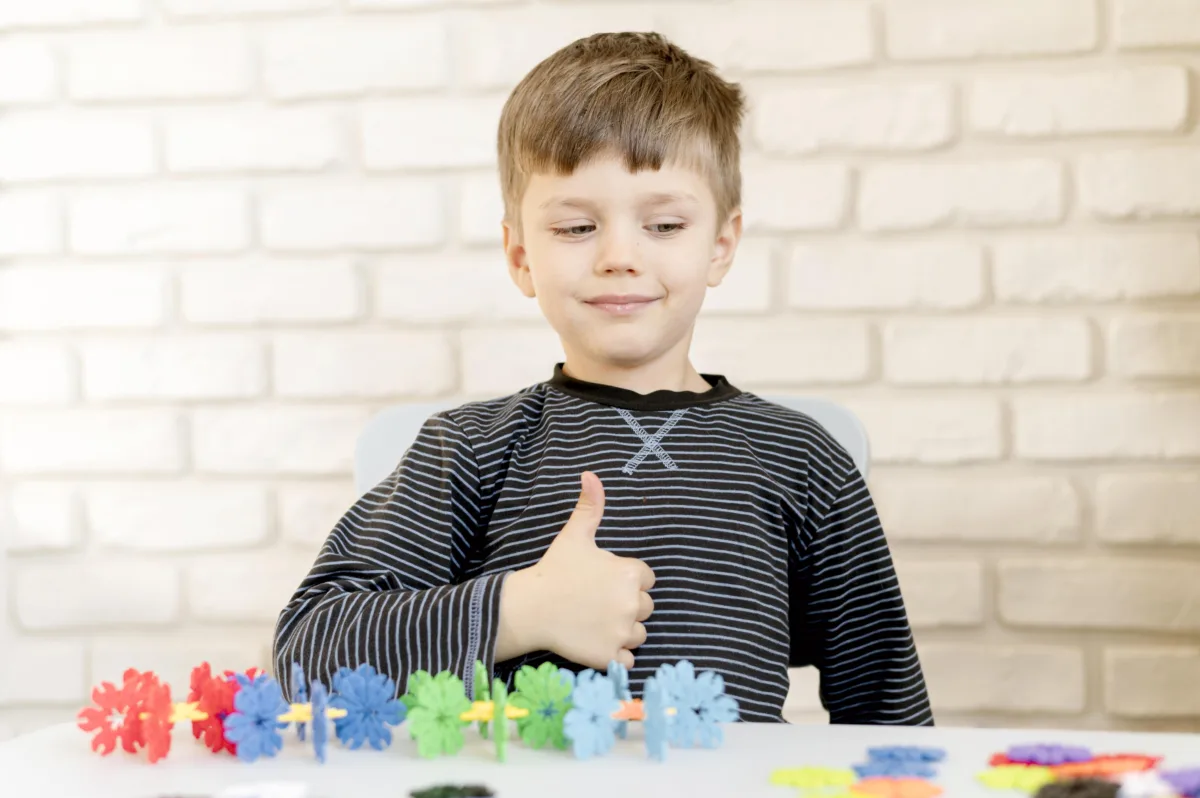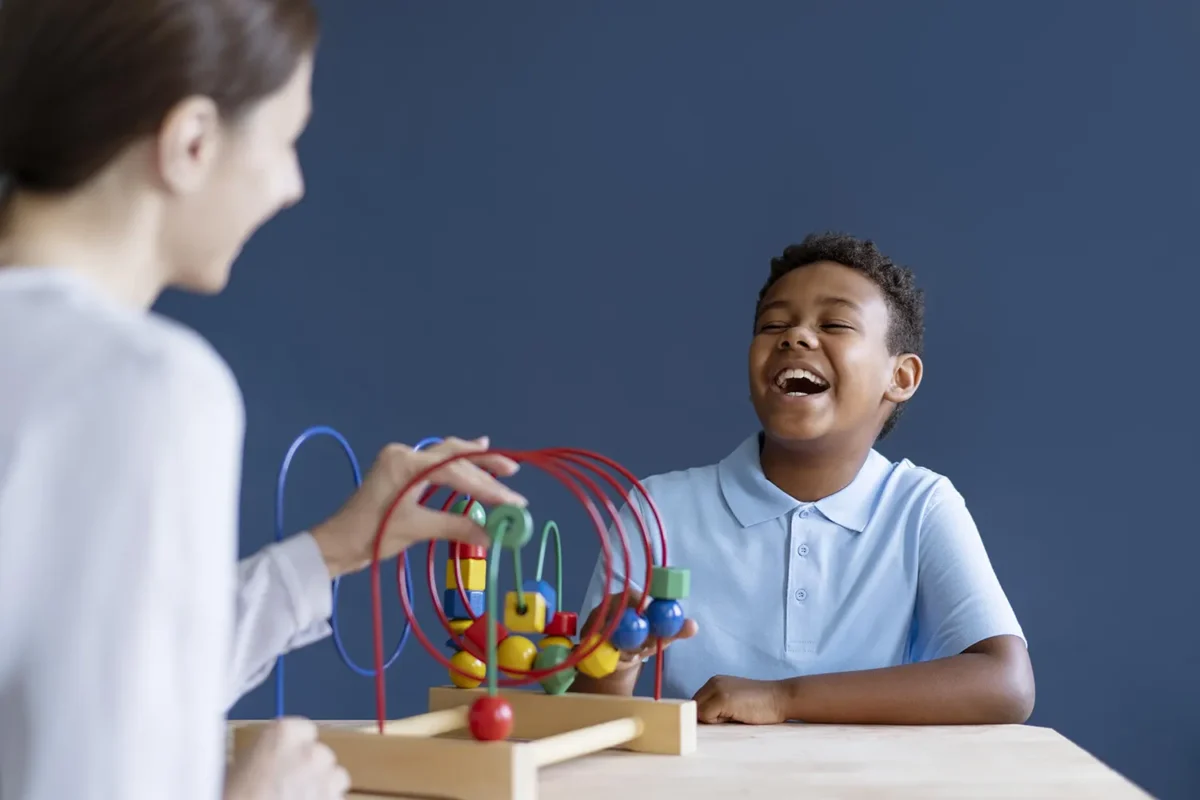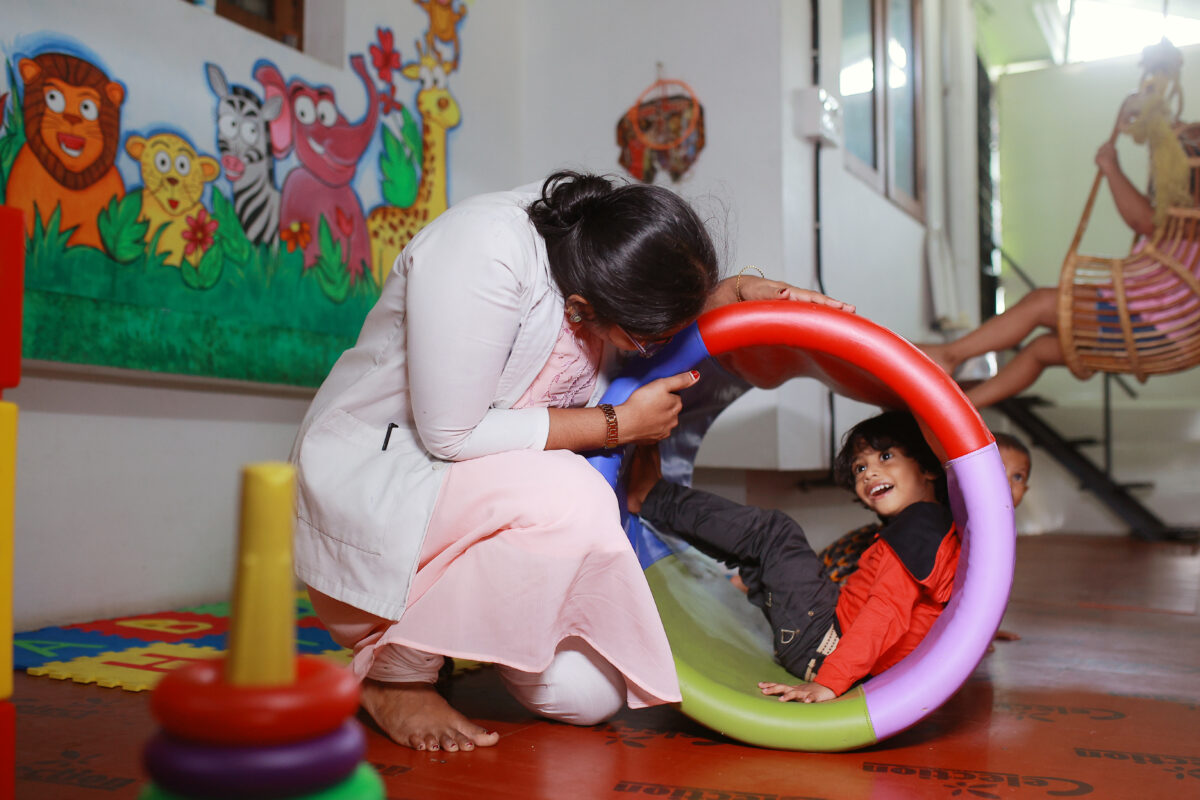Autism and Creativity
Autism Spectrum Disorder (ASD) is a neurodevelopmental disorder that affects a person’s social communication and interaction skills, as well as their behaviors, interests, and activities. ASD is a spectrum disorder, which means that it affects individuals differently, with varying levels of severity and different combinations of symptoms.
People with ASD may have difficulty with nonverbal communication such as eye contact, facial expressions, and body language, and may struggle to understand social cues and norms. They may also have repetitive behaviors or routines, fixations on specific interests or objects, and difficulty with transitions or changes in routine.
ASD can be diagnosed in children as young as 2 years old, but it can also be diagnosed later in life. While there is no known cure for ASD, early intervention and support can greatly improve outcomes for individuals with the disorder. This may include therapies such as applied behavior analysis, speech therapy, and occupational therapy, as well as medication to manage certain symptoms.
Despite the challenges that come with ASD, many individuals with the disorder are able to lead fulfilling lives and make significant contributions to society. With greater awareness and understanding of ASD, we can work towards creating a more inclusive and accepting world for individuals with the disorder.
While autism can present significant challenges for individuals and their families, some research suggests that certain traits associated with autism may also have benefits.
- Attention to Detail: People with autism often have heightened attention to detail, which may help them excel in areas such as art, music, and mathematics. They may be able to notice patterns and details that others might miss and can be very precise in their work.
- Visual-spatial Skills: People with autism may have strong visual-spatial skills, which can be beneficial in fields such as art, design, and architecture. They may have a keen ability to notice patterns, colours, and shapes, which can be helpful in creating art or designing structures.
- Memory: People with autism may have a good memory, especially for specific information. They may be able to recall facts and figures with accuracy, which can be beneficial in fields such as history, science, or mathematics.
- Honesty and Integrity: People with autism may have difficulty understanding social cues, which can make them appear less interested in social interactions. However, they may be more honest and straightforward in their communication, which can be beneficial in fields such as business and politics.
- Strong Interests: Some people with autism may have very specific and intense interests, which they may pursue with great focus and passion. This can lead to a great depth of knowledge and expertise in a particular field.
However, it’s important to note that not all children with autism have enhanced creativity and some may have difficulty with creative activities. Creativity is a multifaceted trait, and it is influenced by many factors such as genetics, environment, and experiences. Children with autism may face challenges with social interactions and communication, which may affect their ability to participate in group activities and to express their ideas. It’s also important to recognize that every child with autism is unique, and their abilities and talents will vary.
Some children with autism may need additional support and accommodations to reach their full potential in creative activities. For example, some children may benefit from visual aids or other forms of communication to express their ideas. Additionally, providing opportunities for children with autism to explore and develop their interests and talents can help to foster their creativity.
At Jeevaniyam, we help parents to identify autism in a child in a very early stage and our doctors and specialist will help the child to identify their talent and train them to improve their skillset so that they can have a quality life.








